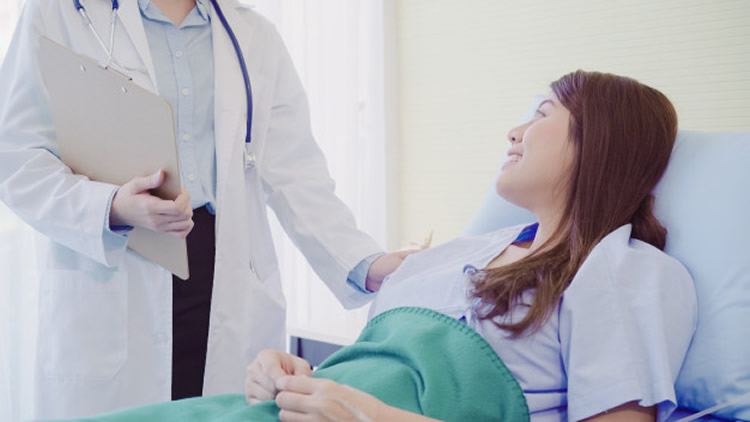Anyone who has gone on a first aid at work course should know the priorities of first aid, these are to preserve life, prevent further injury, alleviate suffering and promote patient recovery. Medicine, more broadly, follows this same basic pattern. At each stage of the process, from lifesaving to medical safeguarding to quality of life and ultimately to the discharge of a patient, technology enables, augments, and walks hand in hand with medical practice. Software is an essential part of medicine, with ems dispatch software and others like it, being used to not only streamline team operations but support patients in their care. As technology progresses, so do those who use it.
Preserve Life
Perhaps the most iconic example of all lifesaving technology is the automatic external defibrillator (AED), which has saved countless lives since its invention. Before a heart stops, known colloquially as flatlining, it typically enters a stage called atrial fibrillation, where the heart spasms or beats with an irregular rhythm, often causing serious risks or damage to the rest of the body. Defibrillators temporarily suspend the heart, stopping it completely and then allowing it to restart in a stable rhythm. Cardiopulmonary resuscitation (CPR) is done to compress the heart at a regular rate, bringing it out of the flatline and into a shockable state, encouraging the heart to start beating correctly on its own. Prior to AEDs, the only way to ‘shock’ the heart out of fibrillation was to strike the chest very hard at a specific point. Now, technology has provided a far more reliable means of saving a patient’s life.
Prevent Further Injury
Of similar renown is the spinal board. Say, for example, that a member of the public comes off a diving board and cracks the back of their neck on the way in. Instantly, lifeguards will react by ringing pool alarms, blowing whistles, and diving into the water to immobilize the casualty in a trained vice grip. The process of getting the casualty out of the water and into an ambulance, however, without inadvertently risking paralysis, would be nigh impossible without a spinal board, which secures the casualty to a rigid structure, by way of strategically placed straps, allowing them to be maneuvered into the ambulance safely to be transported to the hospital.
Promote Patient Recovery
Comfort, hygiene, and mobility are all important considerations where medical supplies for nursing homes are concerned, for example, or on any ward for that matter. Nursing beds, for instance, are specifically designed with physical comfort in mind, particularly for those with mobility impairments. These typically work by adjusting lying positions, either by way of a backrest, allowing a recovering patient to sit up, read, eat, watch TV or interact with loved ones, or by way of a knee-break function, allowing the patient to rest in a more comfortable position following injuries to the lower body.
Alleviate Suffering
Moving away from medical emergencies and into the realm of wonderful things, for some childbirth is nothing short of a miraculous act of God, the ability to create life itself. Unfortunately, most mothers will also confirm that it is mind-bogglingly excruciating. Luckily, these days medical science can at least take the edge off a little with something called an epidural. This involves injecting a local anesthetic into the region between the vertebrae around the base of the spine by way of a catheter. The device effectively immobilizes the entire lower body and dramatically reduces the pain experienced by the recipient.
Read Dive is a leading technology blog focusing on different domains like Blockchain, AI, Chatbot, Fintech, Health Tech, Software Development and Testing. For guest blogging, please feel free to contact at readdive@gmail.com.





